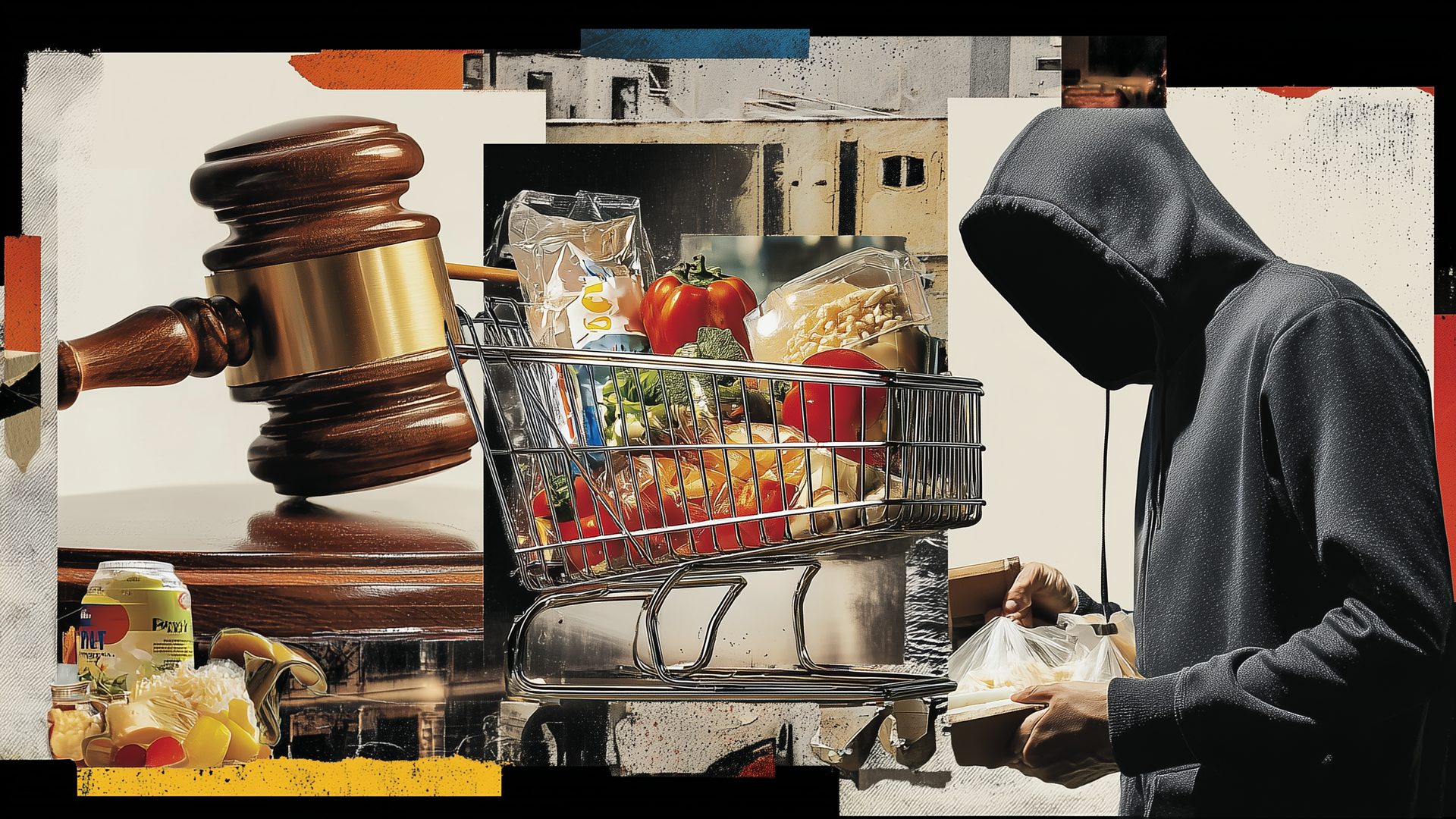Most consumers are aware that products like deli meat trigger occasional foodborne illness outbreaks. Those same people might be surprised, however, to find that items like onions, peaches, and flour are also common culprits of food sickness.
About 48 million people per year fall ill from salmonella, listeria, E. coli, or other bacteria or viruses in food, according to the Centers for Disease Control and Prevention. Approximately 3,000 die per year from food sickness.
“There are a myriad of best practices that restaurants and food manufacturers can and should be following to avoid the spread of foodborne pathogens,” said Vanessa Coffman, PhD., the director of the Alliance to Stop Foodborne Illness. “We’re human and, inevitably, mistakes happen. But taking shortcuts because of impatience or budget concerns is unacceptable. It can literally cost lives. It can put you in jail. It can shutter businesses.
“There’s an inherent risk of foodborne illness issues to any business in the food industry. However, a company can reduce this risk by having a strong, maturing food safety culture,” Coffman added, in a statement provided to The Food Institute.
COMMON FOOD SICKNESS CULPRITS
Consumer Reports recently analyzed data dating back to 2017 to determine which foods were linked to the most serious recalls and disease outbreaks. The most common offenders are noted below.
- Leafy greens: romaine lettuce and bagged salads can occasionally be tainted with E. coli and listeria, often from contaminated water used to irrigate farm fields
- Deli meat: products like salami are sometimes contaminated with listeria, which flourishes even in cold temperatures
- Cheeses: Soft cheeses, like brie and queso fresco, are also often susceptible to listeria
- Ground beef: packaged ground beef can be linked to deadly strains of E. coli, which often originates from feedlots and pastures
- Onions: the FDA indicated that two large recalls of red, white, and yellow onions in recent years were likely linked to contaminated irrigation water
- Turkey and chicken: salmonella is always a concern with poultry, because defeathering birds can spread bacteria, and because of the handling required to butcher the items
- Peaches: peaches can become tainted by salmonella from orchards located near animal feedlots
- Flour: Consumer Reports noted that as wheat grows in fields, it can become contaminated with E. coli or salmonella from nearby farms featuring livestock or from wild animal droppings, and the milling process doesn’t kill such pathogens
FOOD SAFETY TIPS
To avoid spreading bacteria or viruses in food, food businesses must adhere to policies like using color-coded and separate cutting boards to prevent cross contamination.
Registered dietitian Johna Burdeos suggested that steps like proper hygiene – while seemingly obvious – cannot be overlooked by food businesses, either. Burdeos noted key food safety tips like employees covering open wounds and not going to work when sick.
Establishments tend to overlook certain cleaning items in kitchens, experts said. According to Jeremy Freedman, managing director of U.K. wet wipe manufacturer Guardpack, commonly overlooked cleaning tasks include the following:
- Cleaning underneath and behind appliances
- Wiping fridge and freezer seals with antibacterial wipes
- De-scaling any kettles and pasta cookers
- Sanitizing sinks, drains and taps
- Defrosting freezers for a deep-clean each month
“The most important aspect of keeping everyone safe is identifying trouble points, and the only way to do that is to conduct process analysis on a consistent basis,” said Yelena Wheeler, a registered dietitian nutritionist based in Los Angeles, adding that it’s important to remind employees of basic food safety on a weekly basis.
The Food Institute Podcast
Click the play button above to listen to the episode.
How do you measure the financial efficiency of a fan-driven food business? Dr. James Richardson, owner of Premium Growth Solutions and author of Ramping Your Brand, joins The Food Institute Podcast to define these types of businesses and how they can succeed. Dr. Richardson pulls on historical and recent examples of these types of businesses, and what common threads contribute to their success.












